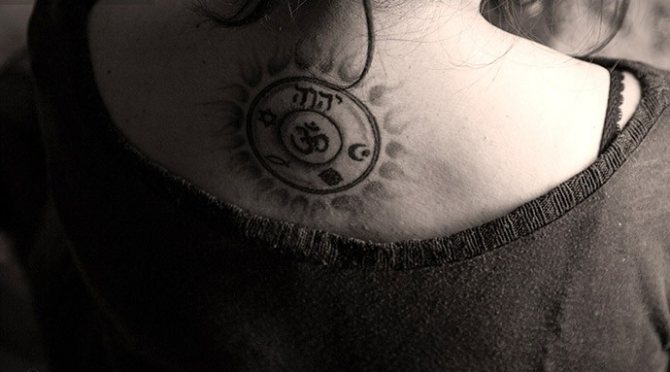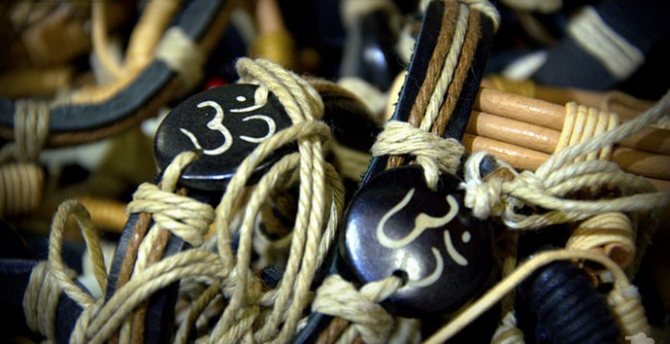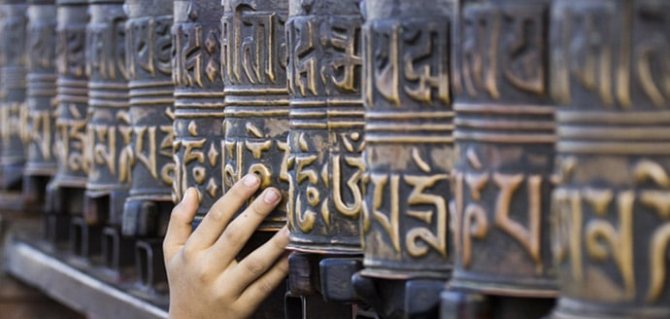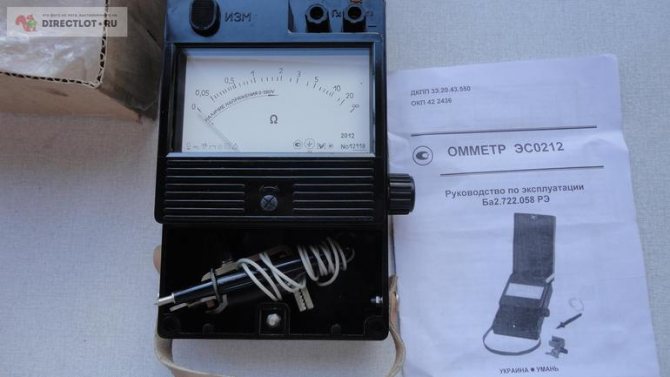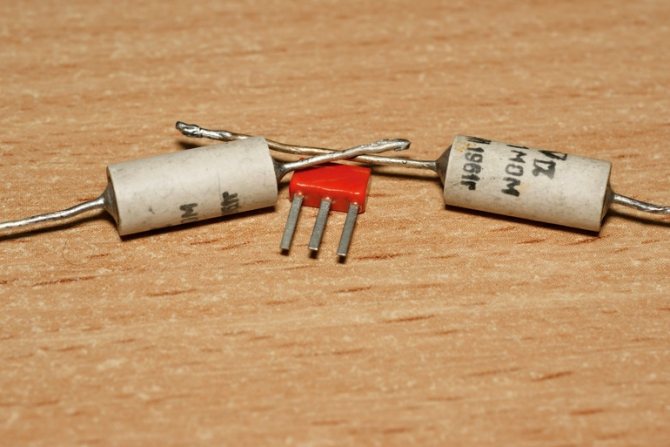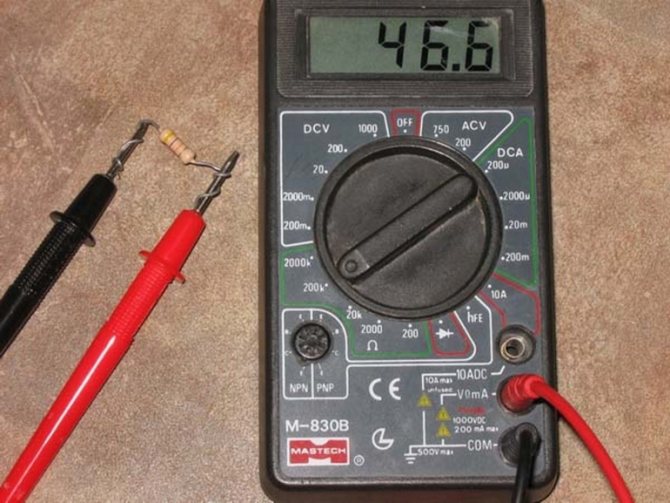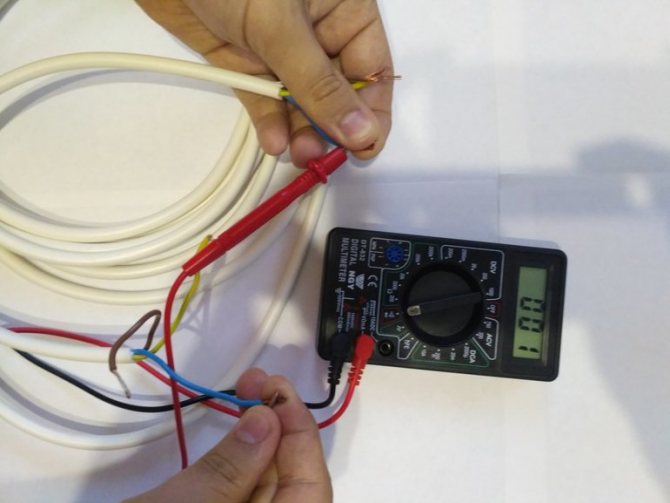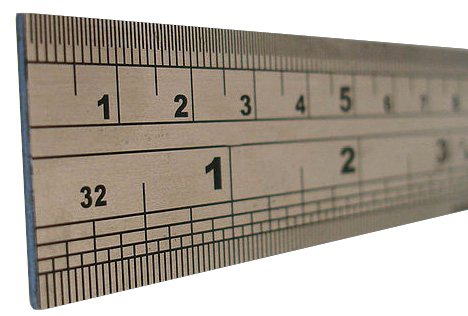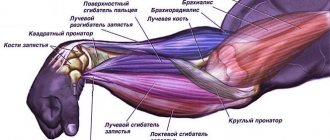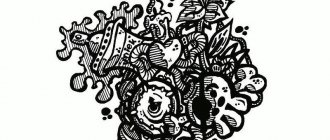The sign "OM" is the greatest, unsurpassed, beneficial sign among the sacred symbols of Tibet and India. In the sign "OM", there are many meanings, it is the name of God, the Creator, the universe, the spiritual force. This sign, not just ritual symbolism or sound, it must be seen on a much larger scale, it has a deeper, greater meaning. We might say that this symbol is boundless and boundless. But in this article we will try to understand it at least a little bit, to comprehend it and to try to use it for our own good.
History of the origin of the "Om" sound
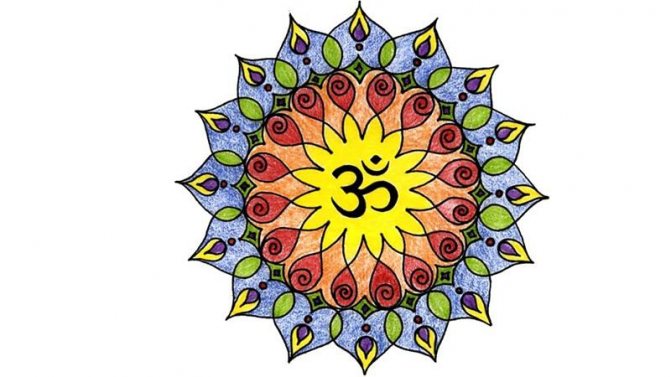
The symbol of the OM mantra.
There are many assumptions about the origin of this symbol.
In India it is commonly believed that God originally created the sound that was the impetus for everything in the world. The syllable "Om" caused the universe to vibrate and connected the earth to the heavens. It symbolizes the Divine Trinity, which includes Brahma, Vishnu, and Shiva.
In some ancient scriptures one can find a comparison of "Aum" with an arrow, which, passing through the body, finds the way to the True Knowledge. Others associate it with the 3 levels of existence and one's abilities.
Each religious movement has its own idea of the origin of the sacred sound, but they all consider it a manifestation of a higher, divine beginning.
Bottom line
To summarize - "ohm" is a very powerful sign that has many meanings. There are approximately 19 of them. But to summarize, we can say that it is a symbol of the higher spirituality that a person can achieve. It can be used in meditation, reminding oneself of mental harmony and constant development. Many musical groups use it to show the mystical multi-facetedness of the world. The "Om" sign today is a symbol of world culture.


Mantra in various practices
"Aum" is considered one of the main symbols of Eastern religions, although its meaning varies in different currents. "Om" is used in yoga practices, meditations, esotericism, occult rituals and other directions.
In Hinduism.
In Hinduism, this sign is sacred. It connects the 3 deities, Shiva, Vishnu and Brahma, symbolizing the universe. An ancient Hindu document states that "Om" represents a boat on which a person can sail across the rivers of their fears.
The sound has not only ritual significance but also metaphysical meaning. It is believed that it can manifest in various human consciousnesses and has the power of true love. The syllable is pronounced during rituals, meditation sessions, reading spiritual texts, and prayers.
In Jainism.
In the philosophical and religious teachings of Jainism, worship is not performed by a single individual, but by a combination of sacred qualities that have the characteristics of the 5 higher beings.
- Arhat (Arihant).. Literally translated, it means he who kills the enemy. The objects of the struggle here are considered to be human passions: pride, anger, greed, and deceit. Those who were able to get rid of these vices are called arhats. This is the highest stage of spiritual development, which can be achieved while in the physical body.
- Siddha (Ashiri).. People who have attained a divine state, manifested in the liberation of the soul from all obstacles, including the body. Possessing perfect knowledge, they are beyond sense perception and independent from birth to death.
- Acharya. Monks who not only perform rituals and ascesis on their own, but are also mentors to others. They manage communities, guide disciples, maintain discipline, and make sure rules are followed.
- Upadhyaya .. Ministers who are engaged in preaching sacred knowledge among the people are spiritual teachers to the disciples.
- Muni .. Jain monks.
The initials of the objects of worship form the syllable "Aum" in Jainism.
In Buddhism.
In Buddhism, the spiritual symbol "Om" came from the traditions of Hinduism. The interpretation has changed slightly, but the meaning has remained. The sounds of the incantation, symbolizing the body, speech and mind of the Buddha, are aimed at achieving enlightenment.
Tibetan philosophy, giving "Aum" a sacred meaning, uses it in the form of a sacred mantra called "6-syllable".
The text is pronounced as "Om Mani Padme Hum. The recitation of the incantation is believed to free from birth in hell, the worlds of hungry spirits, humans, animals, demigods, and gods.
Each syllable of the mantra purifies the mind. There is deliverance from pride, jealousy, envy, and greed. Selfish desires are subdued and anger and hatred are transformed.
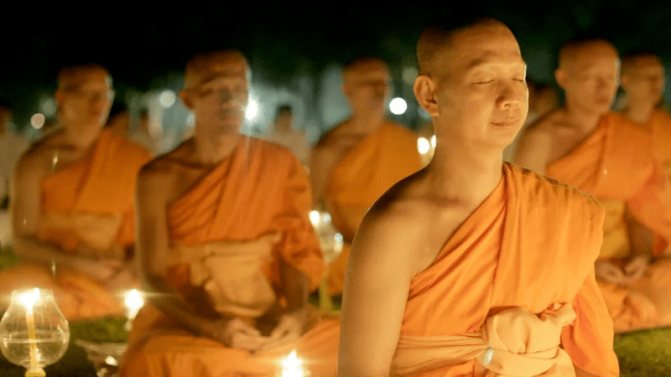

Om in Buddhism.
In esotericism and occultism
Followers of esotericism claim that the mantra "Om" has great power, is able to influence different levels of consciousness and energy of a person.
Repeated repetition of the incantation in combination with meditation harmonizes the state of mind, activates energy centers, removes material desires, develops magical abilities.
The purpose of occultism is to penetrate into the mysteries of life and death, mastering the secrets of psychic penetration into other worlds. It is believed that consciously, through clearly formulated thoughts, it is possible to change the properties of matter.
Magicians believe that all sounds came into the modern world from the deep past. If so, the mantra serves as a powerful energetic tool for changing human consciousness and the physical world.
In popular culture.
The symbol "Om" has become widespread not only in spiritual practices, but also in world culture.
In one of the books of the English writer Terry Pratchett, there is a fictional character Great God Om, who preaches the religion of Omnianism.
The mantra is used in film and music. It can be heard in the compositions of Madonna, The Beatles, Picnic and other artists. The image of the symbol is used to decorate music album covers, magazines, t-shirts, souvenirs, and tattoos.
The text of the spell and its meaning
The word "Om" in Sanskrit is a combination of the 3 sounds "A" "U" "M" and is pronounced "Aum" and in Latin it is pronounced "Omn". Graphically, it looks like a unity of letters with a crescent moon above them.
"A" represents the physical world and man in the waking period. The "U" represents the Higher Mind and the dream state. "M" symbolizes a reality that cannot be explained, i.e., it is everyone's individual understanding.
The symbol is sacred and has great energetic power that can purify a person's consciousness. It is believed that "Om" is infinite.
Representing the main sound in the universe, it reflects 3 processes - creation, maintenance and destruction. In another interpretation, the syllable represents the 3 major human states, which include reality, sleep, and dream.
"Aum" symbolizes spiritual development. It is often compared to "Amen."


Magical text.
Examples of sketches
If you want to get a tattoo Om, we recommend to look at the samples in the gallery on the website. During a visit to the salon, the master will advise on the style of application, will offer options for the embodiment of the idea.


If in doubt about the quality and meaning of the image, it is better to consult with specialists, namely historians, culturologists and connoisseurs of Eastern traditions and religions. Although for the caste of priests tattooing Om is not a positive decision, they can give very important information.
Features of the practice
Mantra has a strong energy, so you need to know the rules of pronunciation, listening and meditation in order to achieve the necessary effect in the practice.
Singing the "Om" sound
The Om mantra, like other prayers, is based on a combination of vowel letters, and should be pronounced so that sound vibrations are formed in the body.
First, it is recommended to concentrate and calm the breath and mind. You can chant out loud, in a whisper, or to yourself. Mental reading of the incantation gives a stronger effect. The tempo is determined by oneself. The main thing is to pronounce the letters clearly and make a smooth transition between them.
The sound "A" comes from the abdomen and is read as "ah" through the wide open lips. "U" sounds more like "ooh." "M" should be said with the mouth closed, forming a kind of buzzing sound. A resonance is then created in the nasal cavity, which provides a prolonged sound.
Listening to
Performing mantras out loud has a powerful effect. Especially if the singing is accompanied by the playing of traditional musical instruments.
Audio recordings are often used for room cleansing, space harmonization, or meditation.
The frequency of the "Om" sound is 136 Hz. It is recommended to listen to the mantras at a medium volume level.
The use of headphones is recommended for deeper immersion.
Meditation
Meditative work with prayer is one of the most powerful techniques.
It is necessary to take a comfortable position and relax the body and soul as much as possible. It is better to practice sitting, in a comfortable quiet place. To stop the internal dialogue, you can take a deep breath, hold the air and finish with a calm exhalation.
Then close your eyes and focus on the area between the eyebrows, directing all attention to the sound. The rhythmic repetition of the prayer should replace habitual thoughts. The use of the rosary is not obligatory, but it helps one to enter the meditative state more quickly.
During practice, especially for beginners, a headache may occur. In such a case, one should shift one's attention to the heart area. It will be safer for your health.
Daily meditation on "Om" brings tranquility, energy and strength.


Meditate every day.
Measure
The most famous radio component that has a stable operating resistance is the resistor. This item has no inductance or capacitance, so it can reduce the output resistance without loss for stable operation of other circuit components.
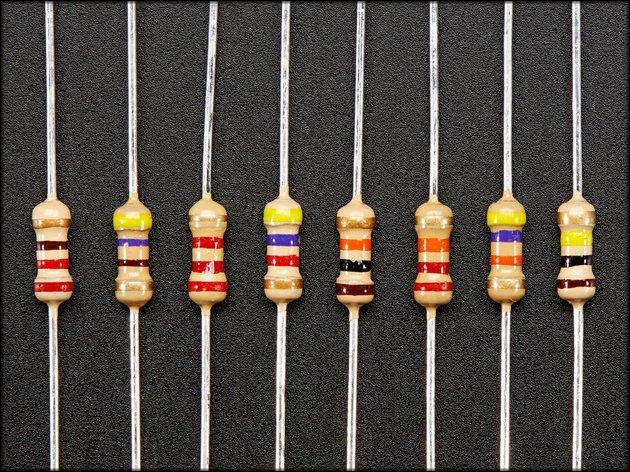

In order to check the resistance of a conductor, an ohmmeter is used. You can also measure with an electronic multimeter equipped with an ohmmeter function.
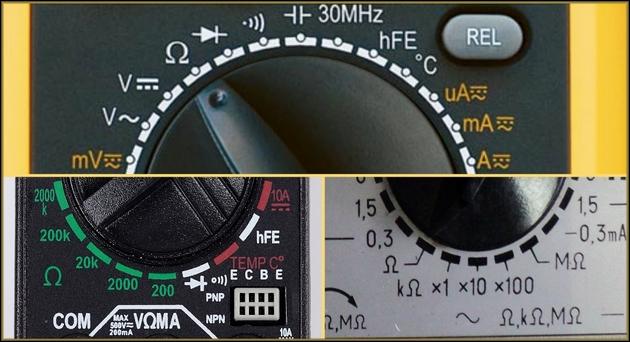

The following will describe the measurement process using a simple resistor as an example.
- Set the multimeter to ohmmeter mode. The device has its own ohm symbol - the symbol "Ω".
- Connect the red probe to the contact of the resistor.
- Connect the black probe to the second contact of the element.
- The ohms obtained on the device display should be compared with the marking on the part body.
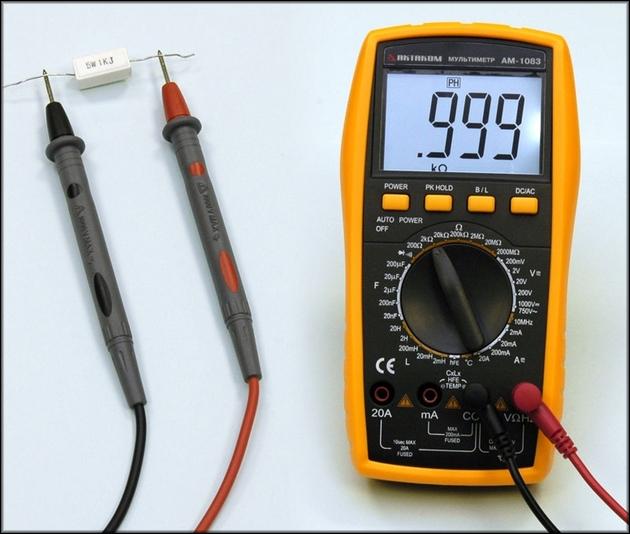

Resistors receive a special designation on the housing, equal to the ability of the radio component to conduct electrical current. When measuring, the values should not deviate too much from the reference values.
Important: This parameter can only be measured with the circuit deenergized. Before measuring on the circuit it is worth checking the voltage on the capacitors and discharging them.
The resistance parameter can also be used to check the continuity of electrical circuit elements. In order to accurately determine the cause of malfunction of electrical devices, the master should know the operating resistance of the device or the amperage at which it operates. If during the measurement process the operating parameter has increased, it can be concluded that there is a short circuit, burned contacts or damage to the inductance coil. If the parameter decreases significantly, the current value will increase, which will cause burnout of capacitors, some resistors, increase in the overall operating temperature of the device.
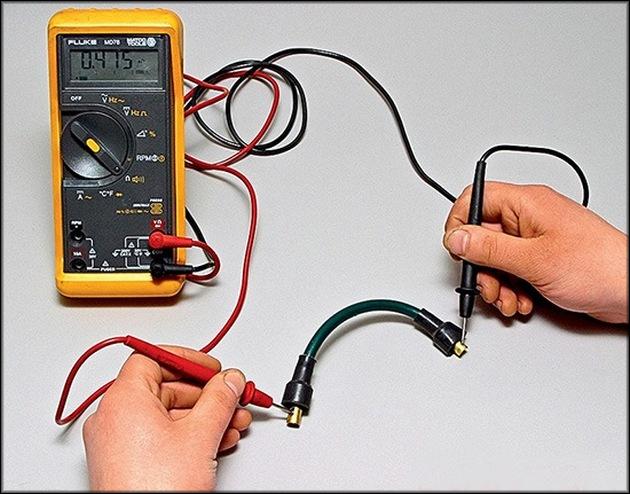

Modern multimeters have a "test" function with an audible alarm. This mode can be easily replaced by the ohmmeter mode. An ohmmeter can be used to measure the continuity of wiring strands, determine the integrity of electrical motor windings and inductance coils.
Very often beginners use the parameter of electrical conductivity and operating voltage to calculate the amount of current for the normal functioning of the device. You can only do such calculations when designing, using the formula: A=V/Ohm. With an already functional device, the calculation may be incorrect if the operating resistance has been over/underestimated by faulty circuit elements.
Benefit of repetition
One circle of the Aum mantra counts 108 times. This number is sacred. It is recommended that beginners begin with a small number of recitations, gradually increasing the practice time.
The meditative repetition of a mantra is called japa. There are three forms of japa, where the incantation is recited loudly aloud, whispered, and in your mind. The use of rosary beads is suggested so as not to lose count.
It is believed that if the incantation is recited at least three times, deification of body and spirit takes place. Repeating the prayer 21 times spiritualizes the entire being.
The sound of "Om" holds a large amount of energy and requires not only repeated utterance of the text, but also an understanding of its meaning. Otherwise, the process will become purely mechanical and will not bring the desired result.
Proper repetition of the mantra, with immersion in the sacred meaning, leads to the activation of the chakras, the disclosure of vital force and the achievement of divine harmony.
Results and effectiveness of application
The vibrations arising from the sound or recitation of the mantra have a healing effect on the human body and consciousness, with
- The nervous system is calmed;
- stimulates mental activity;
- blood pressure lowers;
- vitality is strengthened;
- harmonizes overall mental state;
- Increases control over emotions;
- A sense of peace;
- Intellectual and magical abilities increase.
As a result of repeated repetition of the mantra "Om" improves the work of the energy centers in the body, enriches the consciousness, which has a beneficial effect on human spiritual development and the environment.
Links
- Ohm (unit of electrical resistance)
- An article from the Great Soviet Encyclopedia.
| Derived units | Becquerel - Watt - Weber - Volt - Henry - Hertz - Celsius degree - Gray - Joule - Sievert - Cathal - Coulomb - Lux - Lumen - Newton - Newton meter - Ohm - Pascal - Radian - Siemens - Steradian - Tesla - Farad | |
| Accepted for use with SI | Angstrom - Astronomical unit - Hectar - Arc degree (Arc Minute, Arc Second) - Dalton (Atomic mass unit) - Decibel - Liter - Nepper - Day (Hour, Minute) - Tonne - Electron Volt Atomic unit system - Natural unit system | |
| See also | SI prefixes - System of physical units - Conversion of units - New definitions of SI - History of the metric system | |
| Book:SI - Category:SI | ||
| This is a blueprint for an article about units of measurement. You can help the project by complementing it. |

